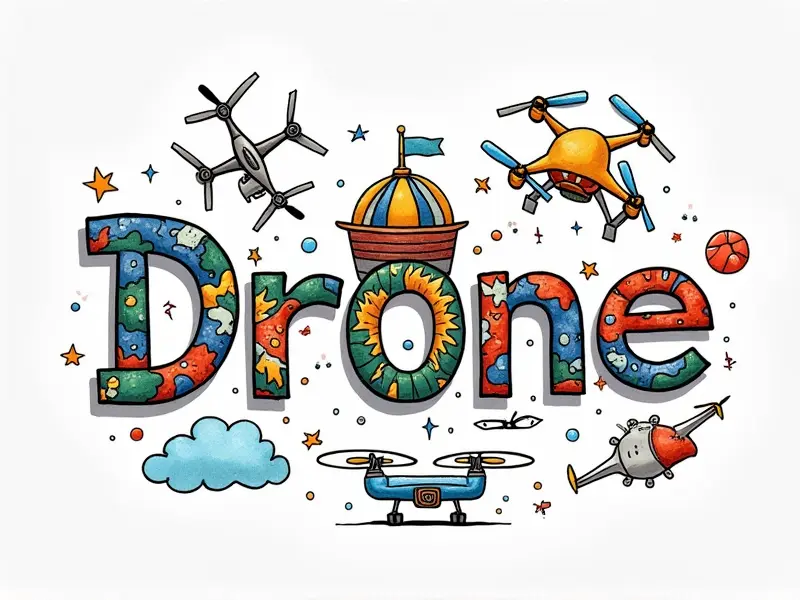RC planes flying techniques?

Master RC Plane Aerobatics Today
Welcome to the exhilarating world of remote-controlled (RC) plane aerobatics! Whether you're a seasoned pilot or just starting out, mastering these techniques can transform your flying experience. This article delves into various advanced maneuvers and tips that will help you perfect your skills in no time.
Top 5 RC Plane Stunts Explained
Aerobatics is all about pushing the boundaries of what an aircraft can do. Here are five essential stunts every RC pilot should know:
- Loop: A classic maneuver where your plane flies in a vertical circle.
- Barrel Roll: Similar to a loop but with a horizontal twist, creating a rolling motion around the axis of flight.
- Split S: An inverted dive that transitions into level flight.
- Knife Edge Flight: Flying sideways on one wingtip, showcasing precision and control.
- Inverted Flight: Performing maneuvers while the plane is upside down.
Beginner's Guide to RC Plane Tricks
If you're new to aerobatics, it can be overwhelming. Start with these basic tricks that will build your confidence and skills:
- Banking: Tilting the wings to turn.
- Flying Figure-Eights: A maneuver where you fly a figure-eight pattern in the sky.
These maneuvers are foundational and will help you understand how your RC plane responds to different inputs. Practice them until they become second nature before moving on to more complex aerobatics.
Perfecting RC Plane Loop Techniques
A loop is one of the most iconic aerobatic maneuvers. Here’s how to perform it:
- Setup: Start with a steady climb at about 45 degrees.
- Entry: Pull back on the elevator stick sharply, initiating the loop.
- Middle: Keep pulling through the top of the loop to maintain altitude and momentum.
- Exit: Ease off the control inputs as you come out of the loop to level off smoothly.
Practice loops in a safe environment with plenty of space. Start slow and gradually increase your speed and sharpness.
RC Plane Barrel Rolls Made Easy
A barrel roll is a thrilling maneuver that combines a loop with a banked turn:
- Setup: Begin in level flight, slightly above the horizon.
- Entry: Pull back on the elevator stick to initiate a climb and simultaneously apply rudder and aileron inputs for a roll.
- Middle: Maintain control throughout the roll, ensuring smooth transitions between sides of the loop.
- Exit: Ease off the controls as you complete the roll to level out.
The key is maintaining a steady rate of roll and keeping your inputs coordinated. Practice in small increments until you can execute a full barrel roll smoothly.
How to Perform a Split S in RC Planes
A split S is an inverted dive followed by a pull-up into level flight:
- Setup: Start from level flight, then initiate a climb at about 45 degrees.
- Inversion: Pull back on the elevator stick to enter a loop and transition into an inverted dive.
- Dive: Allow your plane to gain speed in the dive while maintaining control over pitch and roll.
- Pull-Up: As you approach level flight, pull back on the elevator stick sharply to initiate a climb out of the dive.
The split S is an advanced maneuver that requires precise timing and coordination. Practice in a controlled environment before attempting it over larger areas.
RC Plane Knife Edge Flying Tips
Flying knife edge involves maintaining flight on one wingtip:
- Setup: Start from level flight, then initiate a climb at about 45 degrees.
- Entry: Pull back on the elevator stick to enter a loop and transition into an inverted dive.
- Knife Edge: Apply rudder inputs to maintain knife edge position while adjusting pitch with elevator.
- Exit: Ease off the controls as you complete the maneuver, transitioning back to level flight.
Maintaining stability in knife-edge flying requires precise control and steady hands. Start with small maneuvers before attempting more complex patterns.
Advanced RC Plane Aerobatics Demystified
Once you've mastered basic aerobatic techniques, it's time to explore advanced maneuvers:
- Cuban Eight: A combination of a loop and inverted flight.
- Rolls: Performing multiple barrel rolls in sequence.
These maneuvers require a deep understanding of your plane's capabilities and limitations. Practice regularly to build muscle memory and confidence.
RC Plane Inverted Flight Secrets
Inverted flight is an essential skill for any RC aerobatic pilot:
- Control Inputs: Use opposite control inputs compared to upright flight.
- Maintaining Altitude: Adjust throttle and elevator to maintain level flight.
Inverted flying can be challenging but rewarding. Start with simple maneuvers like inverted loops before attempting more complex patterns.
Ultimate Guide to RC Plane Banking
Banking is the foundation of turning in aerobatics:
- Steep Turns: Use ailerons and rudder together for tight turns.
- Sustained Turns: Maintain altitude while banking sharply.
Mastery of banking techniques will enhance your ability to perform complex maneuvers with precision and control.
Mastering RC Plane Figure-Eights Easily
Flying figure-eights is a great way to practice coordination and timing:
- Setup: Start from level flight, then initiate a climb at about 45 degrees.
- Entry: Pull back on the elevator stick to enter a loop and transition into an inverted dive.
- Middle: Maintain control throughout the roll, ensuring smooth transitions between sides of the loop.
- Exit: Ease off the controls as you complete the figure-eight pattern, transitioning back to level flight.
The key is maintaining a steady rate and coordinating your inputs. Practice in small increments until you can execute full patterns smoothly.
Conclusion
Mastery of RC aerobatics requires patience, practice, and dedication. Start with basic techniques and gradually build up to more complex maneuvers. With time and effort, you'll be able to perform impressive aerial displays that showcase your skills as an RC pilot.
Happy flying!

